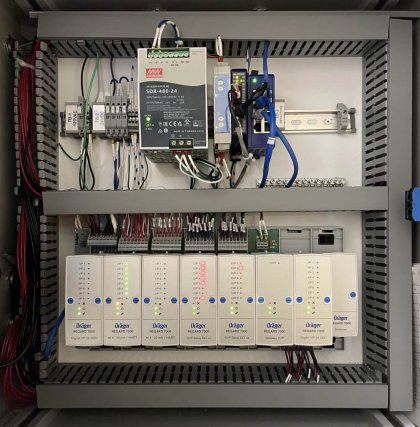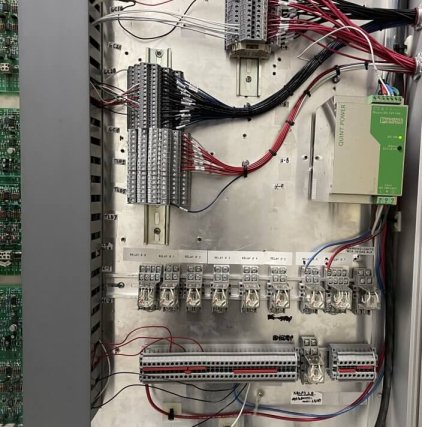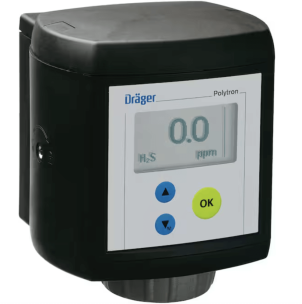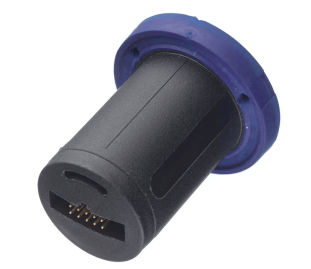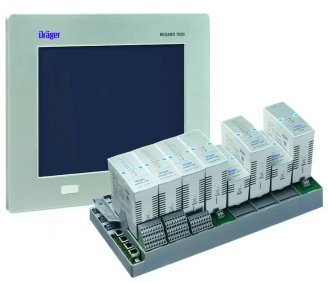Application Note: Revolutionizing Laboratory Gas Monitoring: A Cost-Effective Solution
February 5, 2024Problem
A pharmaceutical customer in Pennsylvania required a solution to help monitor toxic, flammable, and O2 depleting gases in their laboratory. They need the ability to change the sensors depending on what gases are being detected at the time; in this case – oxygen (O2) and Silicon Tetrachloride (SiCl4). The detectors they have are permanent, meaning that once they install the unit, they have to replace the entire thing to sense a new gas— a very inconvenient and costly task.
Not only that, but their existing system was a rat’s nest of wires with little to no drawings. It was retrofitted so many times to the point where nobody understands how the system functions anymore. In fact, the customer was having a difficult time finding anyone with the knowledge and expertise to help them. That is when the Neal Systems team came to help.
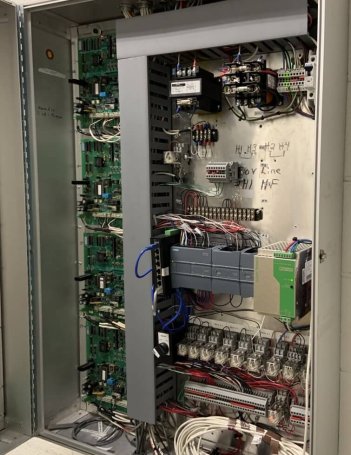
Solution
After troubleshooting and testing the pre-existing equipment to know how everything worked together, Neal Systems demolished obsolete portions of the existing cabinet and repurposed what we could. Their existing equipment was retrofitted with a new Draeger Regard 7000 enclosure, several Draeger Polytron 7000 transmitters, gas detectors, and new light stacks. Our solution simplifies the process to exchange sensors, and the controller can recognize exchanged sensors and recommend settings based on what is plugged in.
The Big Reveal
Our solution allows the customer to change out multiple gas sensors with relative ease. The system can recognize the different sensors that are plugged into the transmitters, and even recommend when the sensor life is near an end so that they can be proactively changed out. The customer no longer has the hassle of replacing detectors when they need to monitor new gases. We’ve also updated the drawings so that future work and expansion of the system would be feasible. The solution we provided to our customer was cost-effective, quick, and efficient, thanks to Neal Systems’ Engineering team and Draeger’s advanced technology, especially the Regard 7000 Gas Detection System.
